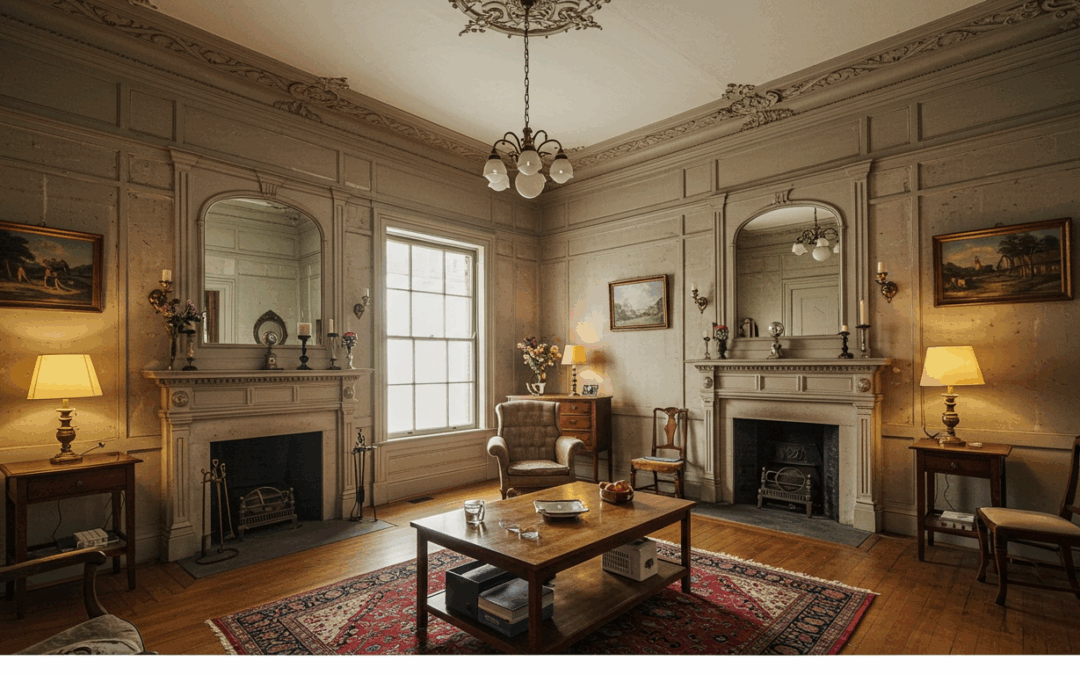There is something truly special about living in a heritage home. The high ceilings, intricate details, and the sense of history give these properties a character that modern builds simply cannot replicate. But while the charm is undeniable, the electrics hiding behind those walls often tell a different story. Ageing systems can pose serious risks, and that is where careful heritage electrical installation comes into play.
The Hidden Dangers of Old Wiring
Many heritage homes still rely on outdated wiring, such as knob-and-tube or rubber-insulated cables, both of which deteriorate over time. These systems may not be able to handle today’s electrical demands and, in some cases, can become a genuine fire hazard. Rewiring is not just about convenience – it is about ensuring your home is safe for your family and compliant with modern safety standards.
Compliance vs Conservation
One of the greatest challenges with heritage homes is finding the balance between meeting Australian Electrical Standards and respecting heritage restrictions. In Brisbane, many properties are subject to strict heritage criteria that limit how much you can alter the original structure. This can make electrical upgrades seem daunting, but with the right expertise, it is possible to achieve both compliance and conservation.
Working with Heritage Architects and Builders
A successful heritage electrical installation often involves more than just an electrician. Heritage architects and specialised builders play an important role in preserving the integrity of the property while allowing for essential upgrades. By working as a team, they can ensure that all wiring, switches, and outlets are placed discreetly, blending seamlessly with the home’s original design.
Smart Solutions for Old Buildings
Modern technology does not have to clash with historic aesthetics. Today’s techniques offer clever ways to integrate electrical systems without spoiling period charm. For example:
- Surface-mounted conduit can be painted to match existing walls or skirting, making it almost invisible.
- Period-appropriate switches and outlets replicate the vintage look while meeting modern safety requirements.
- Wiring can often be hidden in roof cavities, under floors, or behind decorative features to avoid disturbing original materials.
These thoughtful solutions mean you can enjoy the convenience of modern living while maintaining the authenticity of your heritage property.
The Importance of a Detailed Inspection
Before any work begins, a thorough inspection by an experienced heritage electrician is essential. This step not only reveals the condition of your current wiring but also identifies the safest and most sympathetic way forward. Every home is different, and a detailed plan ensures the upgrade respects the structure’s unique history.
Final Thoughts
Upgrading the electrics in a heritage home is not about replacing the old with the new. It is about protecting what is valuable while ensuring safety and functionality for generations to come. With the right approach to heritage electrical installation, you can modernise your home without sacrificing the very charm that makes it so special.

